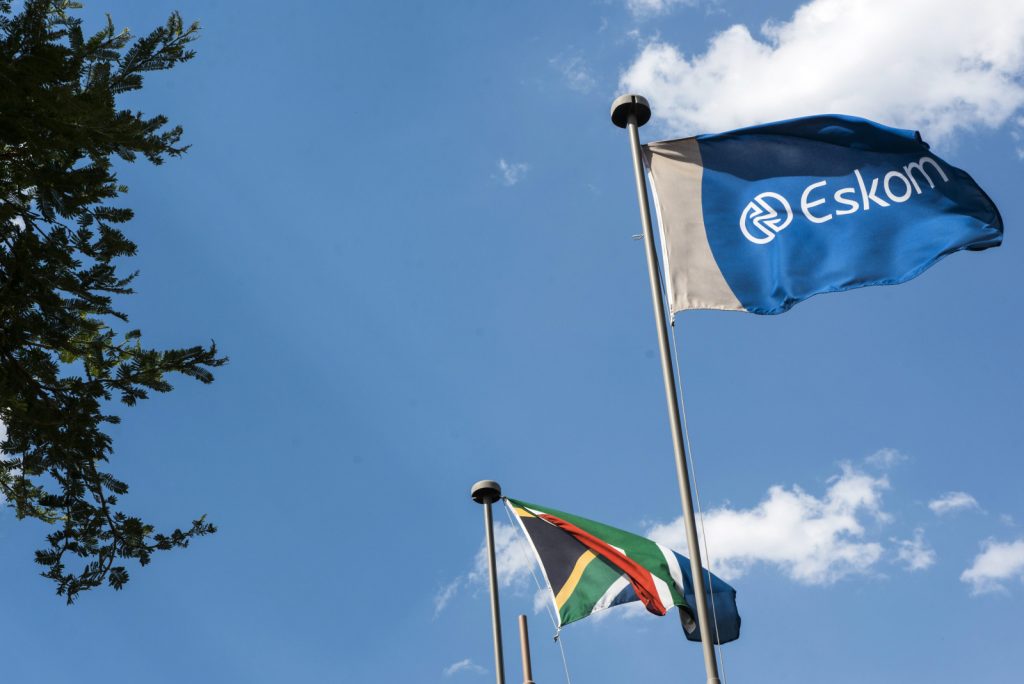

The government has decided to convert its R254 billion Eskom debt relief from an interest-free loan to one that will bear interest.
According to the medium-term budget policy statement (MTBPS) tabled on Wednesday, this will be done to better reflect the cost of the Eskom debt relief arrangement. Amendments to the Eskom Debt Relief Act will be tabled to provide for the new interest condition.
They will also empower Finance Minister Enoch Godongwana to reduce the amount of debt relief to Eskom.
During a press briefing ahead of Godongwana’s mid-term budget speech to parliament, treasury director general Duncan Pieterse suggested that the decision to amend the Act was part of the government’s efforts to impose stricter conditions on state-owned companies (SOCs), which in the past have received bailouts while still failing to improve their operations.
“It does demonstrate that the way in which bailouts of SOCs are being approached by government is changing in ways that are much more in line with stricter conditionality that is enforced and that affects how bailouts are disbursed even when they are in the fiscal framework,” he said.
Pieterse later noted that although Eskom has generally been good in sticking to the conditions laid out in the debt relief, the treasury is watching whether the utility goes through with the sale of its finance company.
The three-year Eskom debt relief programme was announced in Godongwana’s February budget speech and was widely welcomed as a way of stemming the state power utility’s decline — seen as significantly hindering South Africa’s growth prospects and thus its fiscal position. The loan will be converted to equity provided that Eskom meets strict conditions.
Although the relief to Eskom is considered necessary, it also has had the effect of increasing government debt.
The MTBPS notes that as at 30 September 2023, the government has disbursed R16 billion of the R78 billion for the 2023-24 financial year.
Meanwhile, Eskom’s financial position has deteriorated markedly, with the power utility yesterday reporting its largest-ever financial loss. The net loss of R23.9 billion in 2022-23, up from R11.9 billion net loss reported for the previous financial year, was posted as the country reels from what has been the worst year of load-shedding on record.
Eskom’s net debt was up by 2% from R389 billion in 2022 to R399 billion as at the end March 2023.
But the beleaguered power utility isn’t the only entity threatening South Africa’s growth and recently more attention has turned to Transnet, which has asked the treasury for more than R100 billion over the next two years.
The MTBPS does not signal any future allocations to Transnet, but it does underline the economic risk posed by the state-owned ports and rail company.
According to the MTBPS, the cost of rail inefficiencies last year is estimated at R411 billion. Transnet’s debt stood at R130 billion at the end of March 2023, restricting the entity’s ability to borrow more towards infrastructure investments.
With low economic growth flagged as a major risk to the country’s fiscal outlook, the MTBPS signals measures that will be taken by the government to boost infrastructure investments.
As the government continues to rein in public spending, its strategy is to significantly increase the extent to which the private sector is involved in funding infrastructure. The government will widen the scope for concessional borrowing, that is, where interest rates are lower than average market rates, according to the MTBPS.
Next year’s budget, the MTBPS noted, will provide details on a new mechanism through which private sector investors and multilateral institutions can co-invest with the government for selected infrastructure projects. The government is also looking at creating alternative financing instruments for priority projects.